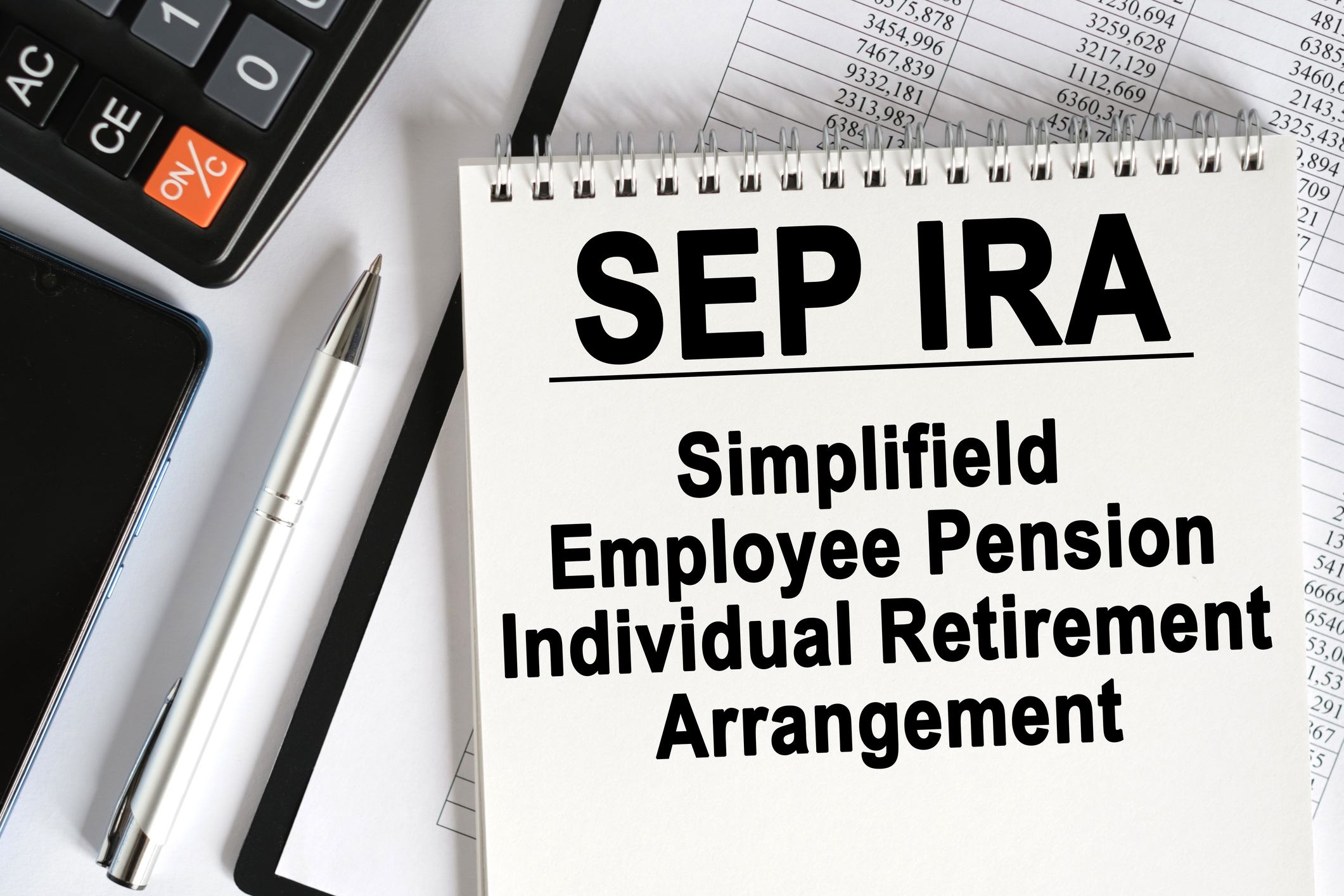Social Security Tips to Maximize Your Benefits
Answers to real-life questions about Social Security claiming strategies.

Question: If I take Social Security at age 62 and then pay back the benefits within 12 months to erase the penalty for claiming early, is it true I get to keep the interest I earned while I had the money?
Answer: Yes, but don’t get too excited. Prior to 2010, when Social Security imposed the 12-month limit for withdrawing an application and repaying benefits, it was often advised that people who didn’t need the money use this “do over” procedure to get what amounted to an interest-free loan from the government. If you claimed benefits at 62 and repaid them at 66, you might be playing with $100,000 or more of “house money.” The 12-month window restricts that opportunity. Also, note that if you receive benefits in one calendar year and pay them back in the next, you’ll likely have to pay tax on the benefits in year one. You can recoup the tax, but it’s complicated.
[QUESTION2]I understand how delayed-retirement credits boost Social Security benefits by 8% for each year that one delays claiming between age 66 and age 70. But do cost-of-living adjustments during the years you wait amplify the advantage to more than 8% a year?[QUESTION2END]
From just $107.88 $24.99 for Kiplinger Personal Finance
Become a smarter, better informed investor. Subscribe from just $107.88 $24.99, plus get up to 4 Special Issues

Sign up for Kiplinger’s Free Newsletters
Profit and prosper with the best of expert advice on investing, taxes, retirement, personal finance and more - straight to your e-mail.
Profit and prosper with the best of expert advice - straight to your e-mail.
Answer: Yes. COLAs are built into benefits starting at age 62, the earliest age at which you can claim benefits, even if you don’t claim at that time.
Here’s an example worked up for us by Baylor University professor William Reichenstein, head of research for consulting firm Social Security Solutions. Let’s say your benefit at age 66 is estimated at $2,000 a month, but you decide to wait until age 70 to claim. You’ll get eight years of compounded COLAs based on the full retirement age benefit of $2,000—bringing the monthly benefit up to $2,533, assuming an average annual COLA of 3%. You’d also get four years of 8% delayed-retirement credits calculated on the $2,533 benefit. That extra 32% brings the total monthly benefit at age 70 to $3,343. (Yes, a 3% COLA may seem high considering 2016’s 0% and 2017’s 0.3%. But the annual average COLA since automatic adjustments started in 1975 is 3.8%.)
Profit and prosper with the best of Kiplinger's advice on investing, taxes, retirement, personal finance and much more. Delivered daily. Enter your email in the box and click Sign Me Up.
-
 It's Beginning to Look a Lot Like a Santa Rally: Stock Market Today
It's Beginning to Look a Lot Like a Santa Rally: Stock Market TodayInvestors, traders and speculators are beginning to like the looks of a potential year-end rally.
-
 The 2026 Retirement Catch-Up Curveball: What High Earners Over 50 Need to Know Now
The 2026 Retirement Catch-Up Curveball: What High Earners Over 50 Need to Know NowUnlock the secrets of the 2026 retirement catch-up provisions: A must-read for high earners aged 50 and above.
-
 How Much a $100K Jumbo CD Earns You
How Much a $100K Jumbo CD Earns YouYou might be surprised at how fast a jumbo CD helps you reach your goals.
-
 457 Plan Contribution Limits for 2026
457 Plan Contribution Limits for 2026Retirement plans There are higher 457 plan contribution limits in 2026. That's good news for state and local government employees.
-
 Medicare Basics: 12 Things You Need to Know
Medicare Basics: 12 Things You Need to KnowMedicare There's Medicare Part A, Part B, Part D, Medigap plans, Medicare Advantage plans and so on. We sort out the confusion about signing up for Medicare — and much more.
-
 The Seven Worst Assets to Leave Your Kids or Grandkids
The Seven Worst Assets to Leave Your Kids or Grandkidsinheritance Leaving these assets to your loved ones may be more trouble than it’s worth. Here's how to avoid adding to their grief after you're gone.
-
 SEP IRA Contribution Limits for 2026
SEP IRA Contribution Limits for 2026SEP IRA A good option for small business owners, SEP IRAs allow individual annual contributions of as much as $70,000 in 2025, and up to $72,000 in 2026.
-
 Roth IRA Contribution Limits for 2026
Roth IRA Contribution Limits for 2026Roth IRAs Roth IRAs allow you to save for retirement with after-tax dollars while you're working, and then withdraw those contributions and earnings tax-free when you retire. Here's a look at 2026 limits and income-based phaseouts.
-
 SIMPLE IRA Contribution Limits for 2026
SIMPLE IRA Contribution Limits for 2026simple IRA For 2026, the SIMPLE IRA contribution limit rises to $17,000, with a $4,000 catch-up for those 50 and over, totaling $21,000.
-
 457 Contribution Limits for 2024
457 Contribution Limits for 2024retirement plans State and local government workers can contribute more to their 457 plans in 2024 than in 2023.
-
 Roth 401(k) Contribution Limits for 2026
Roth 401(k) Contribution Limits for 2026retirement plans The Roth 401(k) contribution limit for 2026 has increased, and workers who are 50 and older can save even more.